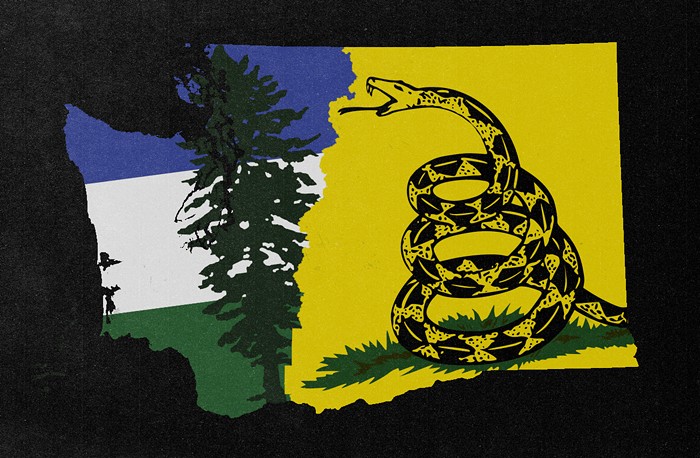
Fresh dismay, courtesy of today's Politico report on how President Donald Trump gets his fake news. The story begins with Trump's chief of staff trying to get control over what news reaches the president's desk, because recently...
K.T. McFarland, the deputy national security adviser, had given Trump a printout of two Time magazine covers. One, supposedly from the 1970s, warned of a coming ice age; the other, from 2008, about surviving global warming, according to four White House officials familiar with the matter.
Trump quickly got lathered up about the media’s hypocrisy. But there was a problem. The 1970s cover was fake, part of an internet hoax that’s circulated for years. Staff chased down the truth and intervened before Trump tweeted or talked publicly about it.
It's not an isolated incident. This strategy is apparently one of the best ways to reach a president who's obsessed with negative newspaper stories, 24-hour cable news reports, and "tracking" his Twitter mentions.
"A news story tucked into Trump’s hands at the right moment can torpedo an appointment or redirect the president’s entire agenda," Politico writes, citing as its sources "a half-dozen White House officials and others with direct interactions with the president." Wonderful.
A Republican source close to the White House recently wondered, in The Washington Post, whether Trump is "in the grip of some kind of paranoid delusion." If he is, it looks like his White House aides are actively stoking Trump's paranoia and loose grip on fact-based reality in order to get whatever response they're hoping for on a particular day.















